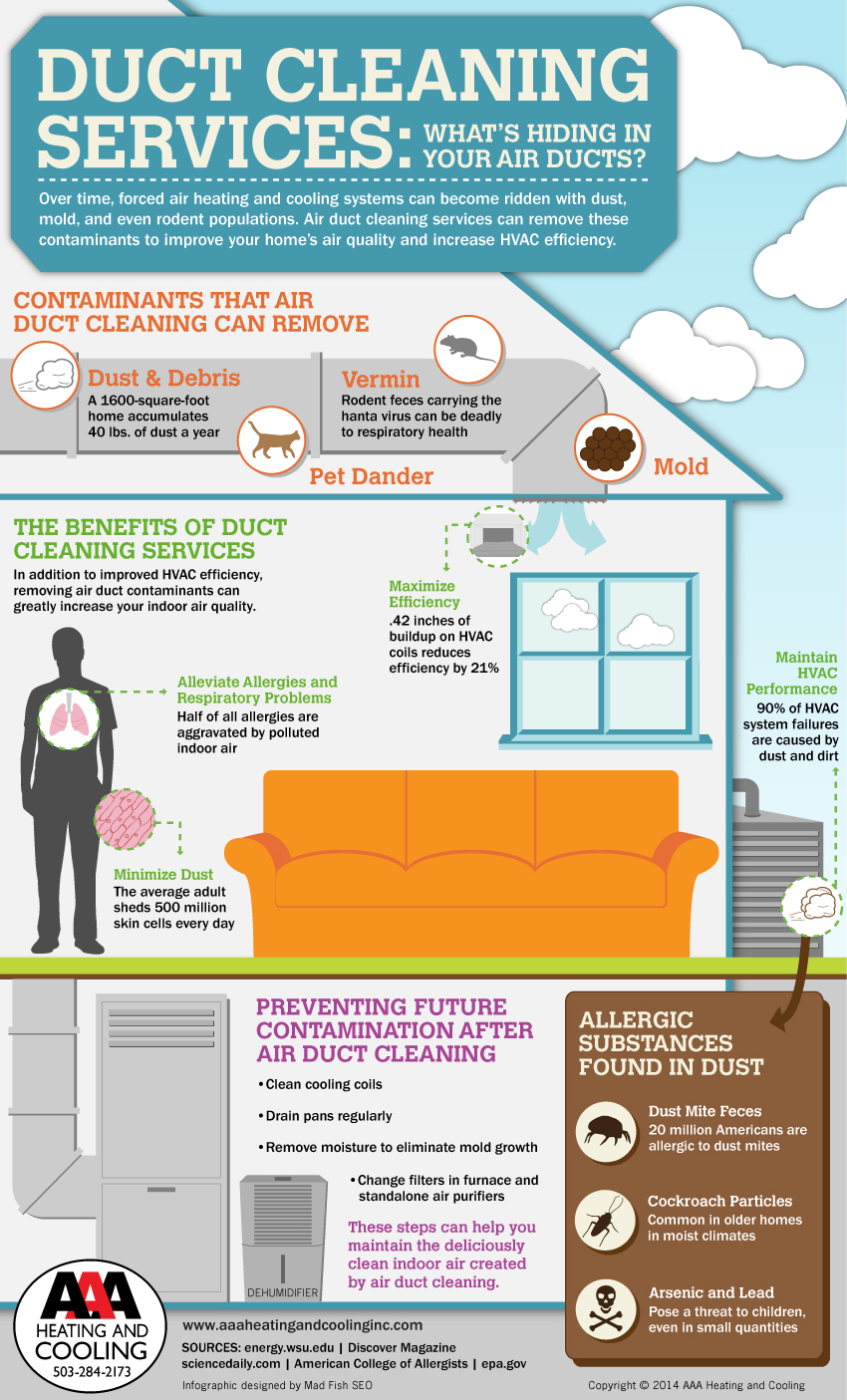The Future Of Home Home Heating - Exactly How Heatpump Technology Is Developing
The Future Of Home Home Heating - Exactly How Heatpump Technology Is Developing
Blog Article
Write-Up Developed By-Svensson MacGregor
Heatpump will certainly be a critical innovation for decarbonising heating. In a scenario constant with governments' introduced energy and climate dedications, their worldwide capability doubles by 2030, while their share in home heating rises to one-quarter.
They function best in well-insulated homes and depend on power, which can be supplied from a renewable power grid. Technical breakthroughs are making them extra efficient, smarter and less costly.
Gas Cells
Heatpump utilize a compressor, cooling agent, coils and followers to relocate the air and warm in homes and home appliances. They can be powered by solar energy or electrical energy from the grid. They have been getting popularity due to their low cost, silent procedure and the capacity to generate electrical power throughout peak power demand.
Some firms, like IdaTech and BG MicroGen, are working with fuel cells for home heating. These microgenerators can replace a gas boiler and create several of a house's electrical requirements with a connection to the power grid for the rest.
However there are factors to be cynical of using hydrogen for home heating, Rosenow says. It would certainly be expensive and ineffective contrasted to various other technologies, and it would certainly add to carbon discharges.
Smart and Connected Technologies
Smart home innovation allows property owners to link and regulate their tools remotely with the use of mobile phone apps. For instance, smart thermostats can learn your heating preferences and instantly get used to enhance energy intake. Smart lights systems can be controlled with voice commands and immediately switch off lights when you leave the space, lowering energy waste. And wise plugs can monitor and handle your electric usage, allowing you to determine and restrict energy-hungry devices.
The tech-savvy house shown in Carina's interview is an excellent picture of how occupants reconfigure room heating practices in the light of new smart home innovations. They count on the devices' automated functions to accomplish day-to-day modifications and regard them as a convenient methods of performing their home heating methods. As such, they see no factor to adjust their practices better in order to allow versatility in their home power demand, and interventions aiming at doing so may deal with resistance from these homes.
Electricity
Because warming homes accounts for 13% people discharges, a switch to cleaner choices could make a large distinction. But the modern technology encounters obstacles: It's costly and requires extensive home restorations. And mitsubishi electric nz 's not constantly compatible with renewable energy resources, such as solar and wind.
Until recently, click here to read were as well costly to take on gas designs in a lot of markets. But new technologies in layout and products are making them much more budget-friendly. And better cool environment efficiency is allowing them to function well also in subzero temperatures.
The following step in decarbonising heating might be making use of warmth networks, which attract warmth from a main source, such as a nearby river or sea inlet, and distribute it to a network of homes or buildings. That would minimize carbon discharges and permit houses to benefit from renewable energy, such as eco-friendly power from a grid supplied by renewables. This option would be less costly than changing to hydrogen, a nonrenewable fuel source that requires brand-new infrastructure and would just minimize CO2 exhausts by 5 percent if coupled with improved home insulation.
Renewable Energy
As power prices drop, we're starting to see the exact same fad in home heating that has driven electrical automobiles into the mainstream-- yet at an also much faster pace. mouse click the next web page for impressive homes has been pushed better by new research.
Renewables account for a substantial share of modern warm usage, but have been given limited plan focus globally contrasted to other end-use industries-- and also much less attention than electrical power has. Partly, this mirrors a mix of customer inertia, divided incentives and, in many nations, subsidies for nonrenewable fuel sources.
New technologies might make the shift less complicated. For instance, heat pumps can be made a lot more energy effective by changing old R-22 cooling agents with brand-new ones that don't have the high GWPs of their precursors. Some specialists also imagine district systems that draw warmth from a close-by river or sea inlet, like a Norwegian fjord. The warm water can then be used for cooling and heating in a community.